If you're a frequent traveler or even if you've boarded a plane just once, you might have experienced that uncomfortable sensation in your ears during flights. That popping, crackling, or even painful pressure is a common occurrence for many passengers. But what causes this phenomenon, and how do airlines address it? This blog aims to demystify the science behind ear popping and explain what steps airlines take to minimize discomfort for their passengers.
The Science Behind Cabin Pressure
The key to understanding why your ears pop on flights is understanding cabin pressure. As the airplane ascends, the atmospheric pressure decreases. This rapid change in pressure creates an imbalance in your middle ear, which leads to discomfort and sometimes pain.
Your middle ear is an air-filled cavity located behind your eardrum. It's linked to the back of your throat by a tiny channel known as the Eustachian tube. The primary role of this tube is to equalize the pressure between your middle ear and the environment.
During the ascent or descent of flights, the rapid changes in air pressure can cause the air inside your middle ear to compress or expand. This leads to a difference in pressure between the middle ear and the airplane cabin, causing the eardrum to bulge and resulting in discomfort, muffled hearing, or ear popping.
What Airlines are Doing to Manage Cabin Pressure
Airlines are acutely aware of the discomfort that pressure changes can cause to passengers. Therefore, they have implemented specific protocols to manage cabin pressure during flights.
One way airlines mitigate this issue is by pressurizing the airplane cabins. Modern aircraft are equipped with cabin pressurization systems that manipulate the pressure inside the aircraft to make it more similar to ground-level conditions, even at high altitudes. However, the cabin pressure at cruising altitude is often equivalent to the pressure at 6,000-8,000 feet above sea level rather than at ground level, which still causes some changes in ear pressure.
During takeoff and landing, pilots manage the rate of change in altitude to slow the pressure change in the cabin. This gradual change gives passengers' bodies more time to adjust, reducing the discomfort caused by rapid pressure changes.
Dealing with Ear Discomfort During Flights
While airlines are doing their part to manage cabin pressure, passengers can also take proactive steps to alleviate ear discomfort. Here are a few strategies:
Yawn or swallow: These actions can help open up the Eustachian tubes and equalize pressure.
Chew gum or suck on candy: These actions stimulate saliva production, which encourages swallowing and helps to balance the pressure.
Use specialized products: Earplugs designed for air travel, nasal sprays, or decongestants can also be used to help alleviate ear discomfort.
Try the Valsalva maneuver: Pinch your nostrils closed, take a deep breath, and gently try to blow air out of your nose. Be careful not to blow too hard to avoid damaging your eardrum.
In conclusion, while ear popping during flights can be an uncomfortable experience, it's a natural response to the changes in pressure that occur during air travel. Both airlines and passengers can take steps to minimize this discomfort, ensuring a more comfortable journey for everyone aboard. Remember to consult with a healthcare professional if you frequently experience severe discomfort or pain during flights.
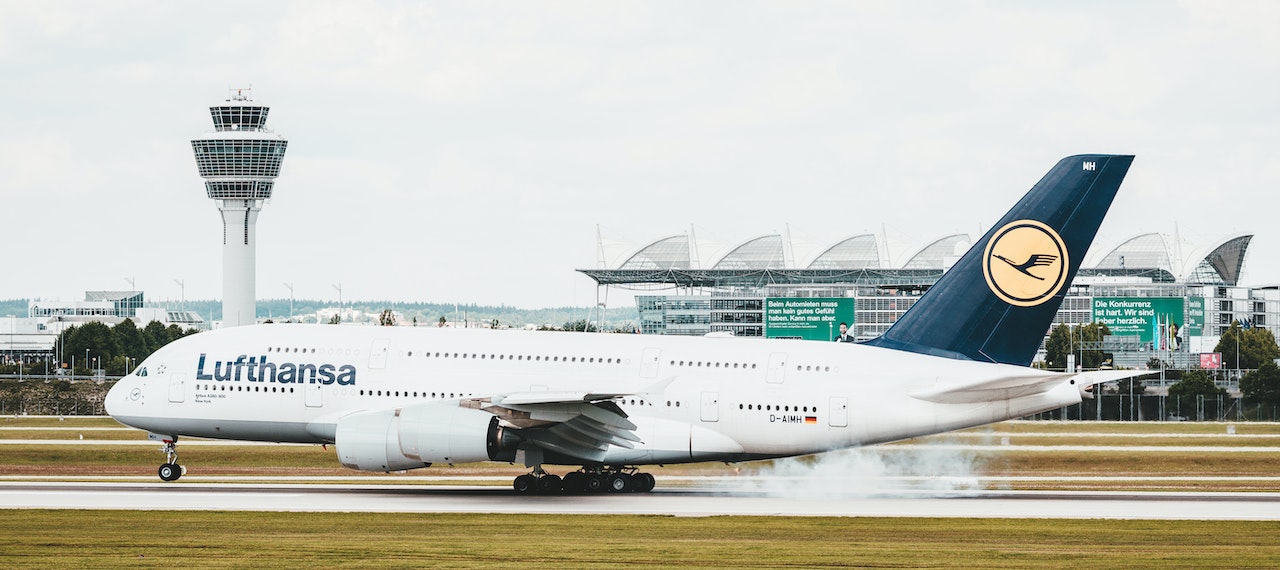
.png)
.jpg)
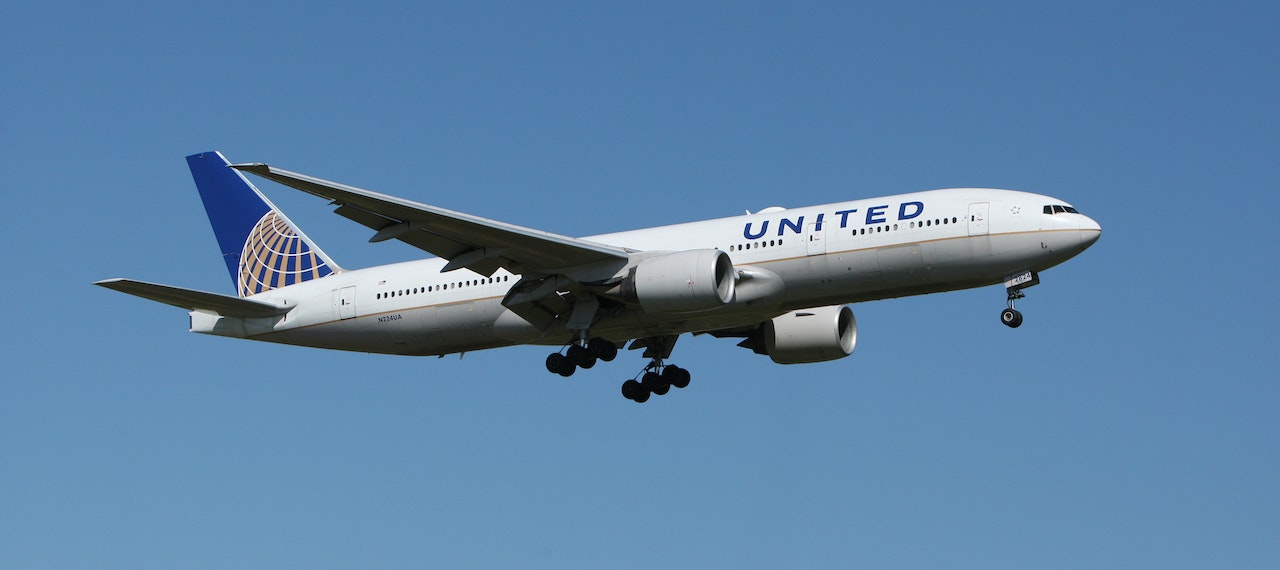
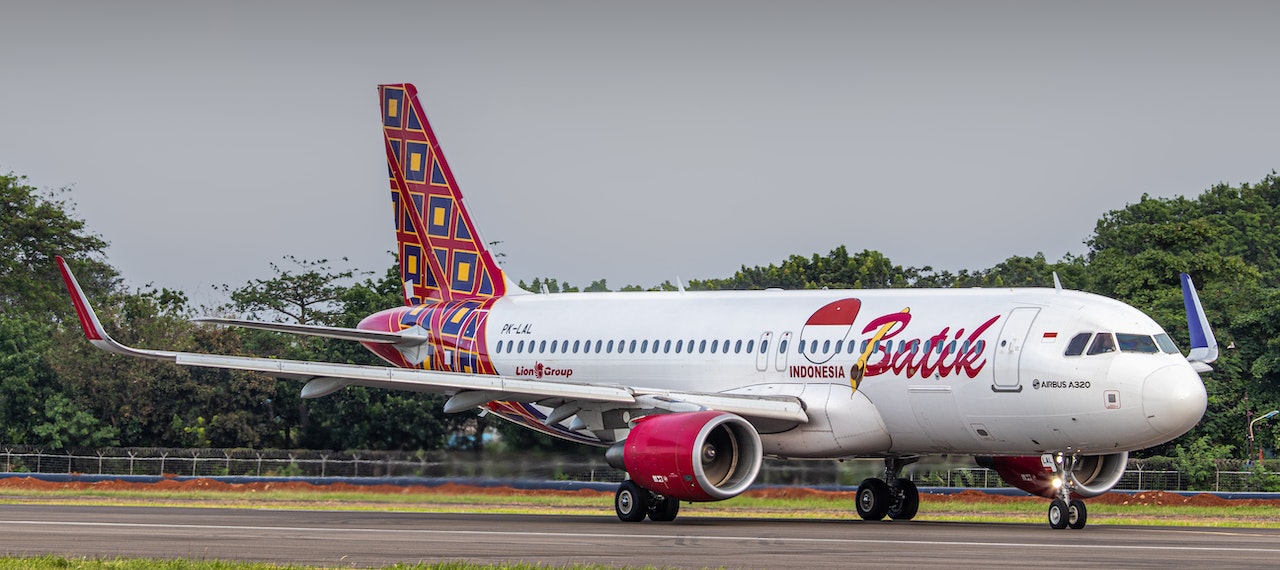
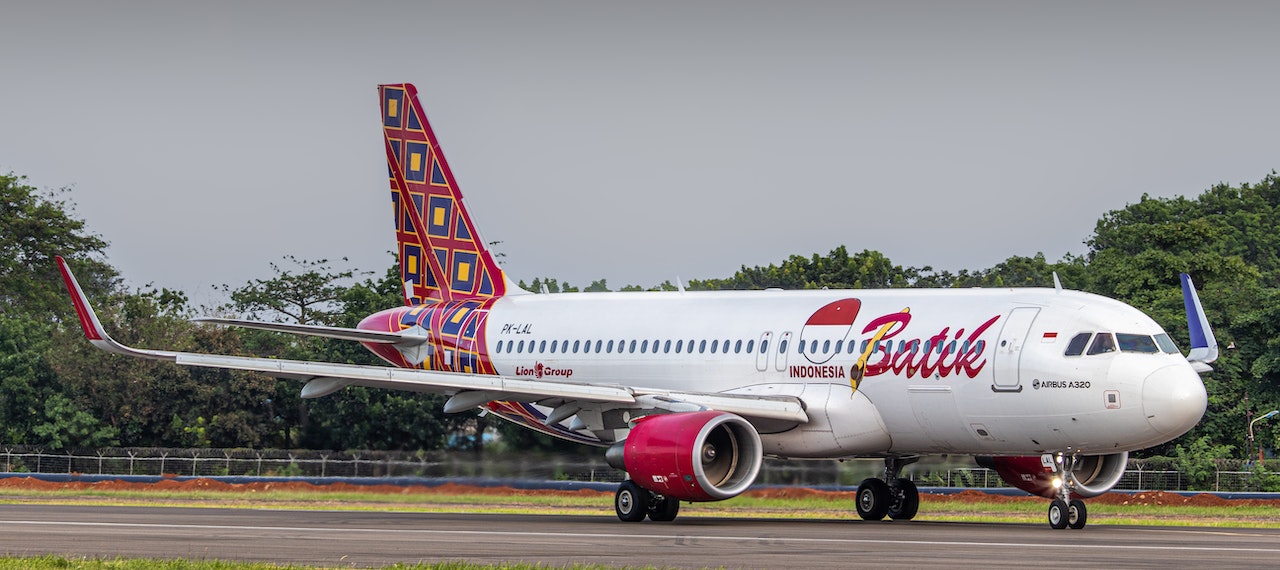
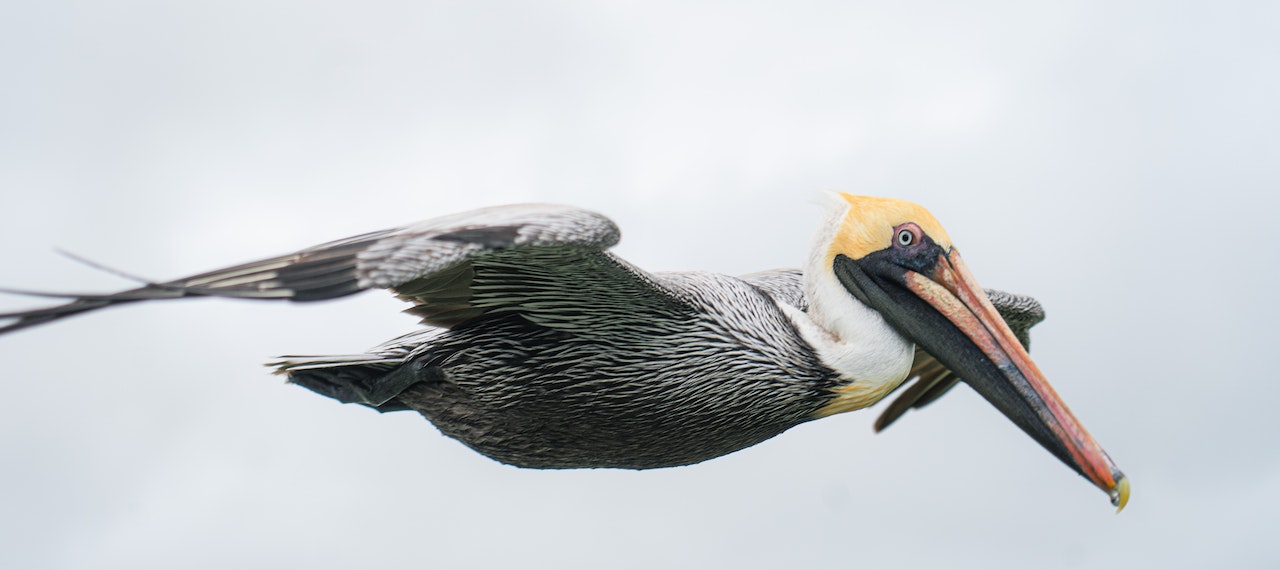
.jpg)
